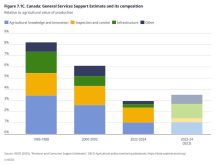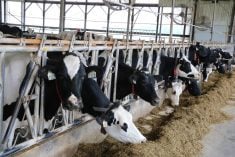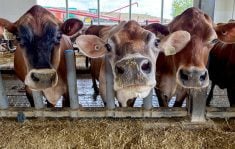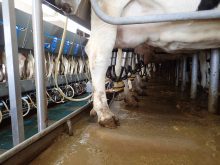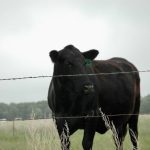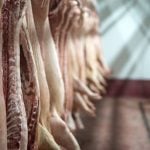High feed costs, after-effects from last year’s drought and other rising costs made double dairy price hikes necessary for Manitoba farmers, Dairy Farmers of Manitoba says.
“Farmers were telling us – you know, I could feel it too – that, you know ‘I’ve already used up all my cash reserves’, and costs were rising quickly, and there were some hard choices to make,” said Henry Holtmann, vice-chair of Dairy Farmers of Manitoba (DFM).
“If you couldn’t fill the feed bunks, what were you going to do next?”
Read Also
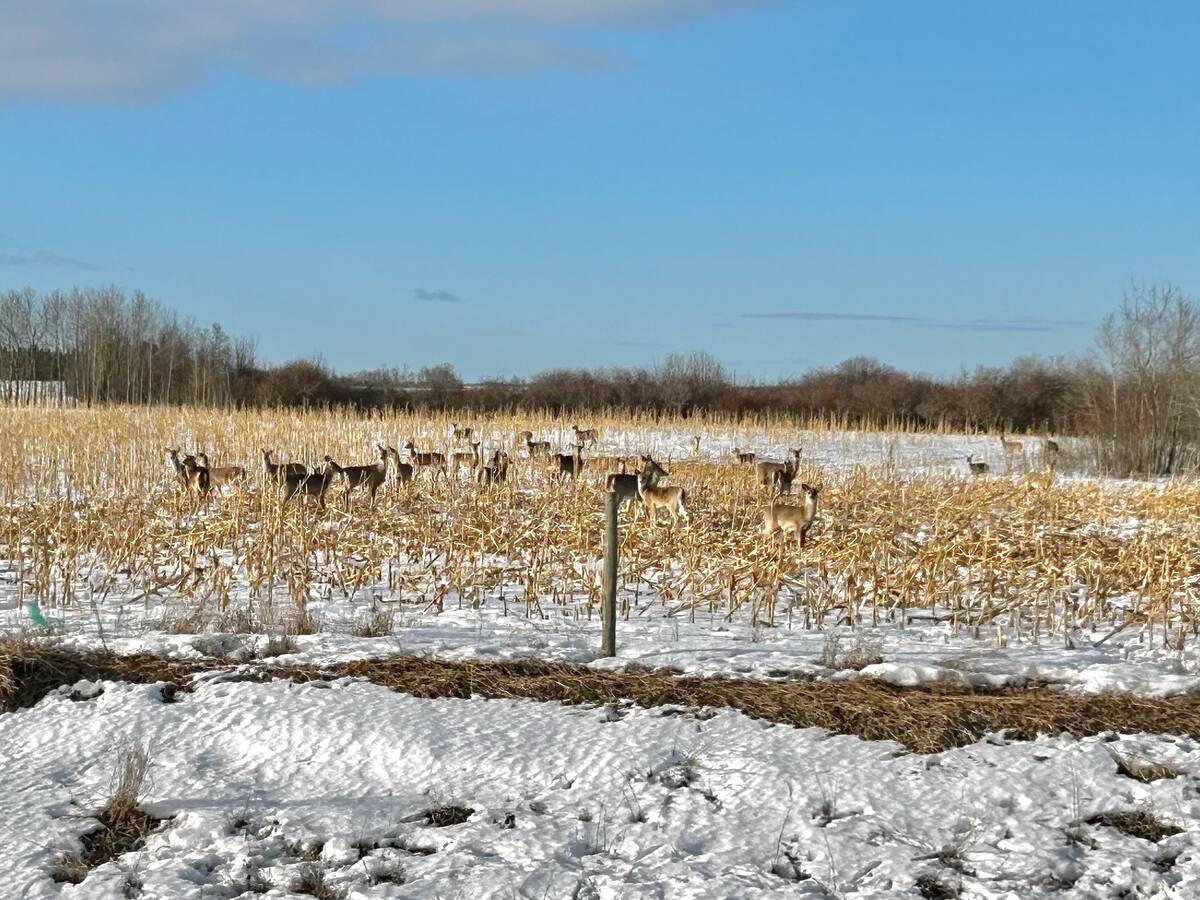
Manitoba launches CWD tracking tool
A newly launched digital dashboard allows hunters to track where chronic wasting disease has been confirmed in Manitoba
On June 21, the Canadian Dairy Commission (CDC) announced it would hike farmgate milk prices by 2.5 per cent effective Sept. 1. An 8.4 per cent hike was implemented earlier this year.
Dairy Farmers of Canada defended the move, saying that in less than a year, fertilizer prices had risen by more than 40 per cent, feed costs by eight per cent and fuel costs by more than 30 per cent.
Some experts were quick to cry foul.
“Dairy Farmers of Canada, one of the most powerful lobby groups in the country, requested another mid-year increase due to ‘exceptional circumstances’ witheout providing any details to the public,” wrote researchers Sylvain Charlebois and Simon Somogyi in a June 24 opinion published in the Toronto Star.
Earlier this month, some news outlets published data indicating a one per cent decrease in production costs in 2021, which they said had been leaked from a CDC internal report.
“In its calculation of production costs, the Commission noted a decrease in capital costs, maintenance and repair of buildings, labour, remuneration for management and a reduction in the costs of fertilizers, herbicides and pesticides,” says an Aug. 10 report from La Presse (translated from French).
Feed, fuel, taxes, insurance and other costs have seen increases, it added.
Manitoba misery
This doesn’t accurately describe Manitoba farmers’ experience, Holtmann said.
“Manitoba had, I would say, an extra challenge” caused by the drought.
In 2021, a third of his corn never developed cobs and the farm had to buy dry corn to supplement, Holtmann said. He paid three times more for purchased feed than he would in a normal year.
Some of the additional expense was offset by government programs like crop insurance, he added. In 2021, the provincial and federal governments also offered a disaster relief program to help farmers manage costs associated with buying and hauling expensive feed.
Some farms in western Manitoba saw water sources dry up during drought conditions and incurred extra costs to haul water for their herds.
Labour disruptions related to the pandemic increased costs. The cost of labour — hiring more workers and retaining existing staff — has also risen 20 to 25 per cent, Holtmann said.
“If we just leave the cost of production to just perform the way it should, we wouldn’t be recognized for these costs until probably in 2023.”
When asked about the reported one per cent decrease, Holtmann suggested it was old data. The survey was completed at the end of 2020 and figures might have been skewed by eastern dairy farms, he said. They make up 75 per cent of all Canadian dairy farms and didn’t experience the same drought conditions.
Holtmann said the increases, totaling nearly 11 per cent, were a “middle of the road” solution and may not cover cost increases on all farms.
He added that the CDC’s price increase applies to butterfat and protein and doesn’t mean farmers are seeing an across-the-board 11 per cent increase in their paycheques.
Opaque process
From the outside, it’s difficult to gauge whether price increases reflect the real cost of production because the CDC doesn’t share its data, said University of Manitoba researcher Ryan Cardwell.
“It’s not in their interest to share this data,” he said.
The CDC determines its cost of production by surveying farmer-members and calculating an average. However, some researchers have argued the survey isn’t done with academic rigour, and may inflate the cost of production, Cardwell added.
It may also not consider where farmers have become more efficient. For example, fuel prices may rise but farmers may use less to produce the same volume of milk.
The CDC’s price increase is likely based on anecdotal evidence and pressure from the dairy industry, said Charlebois, a frequent critic of Canada’s supply-managed dairy sector, in an Aug. 11 op-ed in the Toronto Sun.
Early 2022 survey results suggest costs are rising, he added, but “that should impact prices in 2023, not this year.”
Dairy aisle
The 11 per cent price hike doesn’t mean an equal or greater hike at the supermarket, said Cardwell, because the price of raw material is only a small portion of food’s cost. Labour, packaging and other overhead costs factor into the sticker price.
If nothing else changed other than the cost of milk production — though that’s rare, Cardwell said —the product cost would rise by less than 11 per cent.
As for DFM, it acknowledged that consumers are feeling the pinch but said it’s the cost of continuing to provide quality dairy, sustainability and good animal care.
“I really feel for the consumers, but I think … they understand that, at times, that we also have to survive too,” Holtmann said. “It’s a challenge that we all have to meet.”




